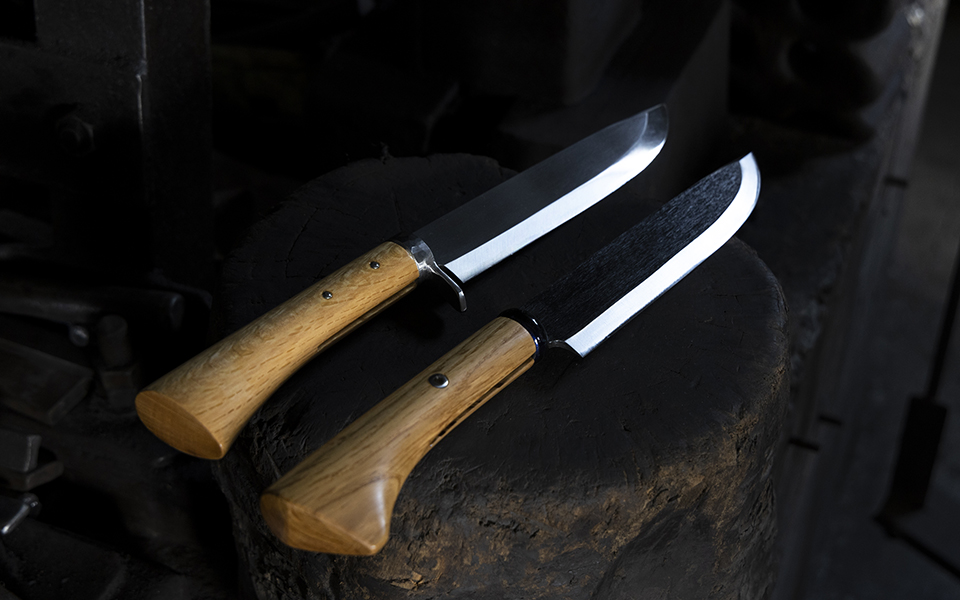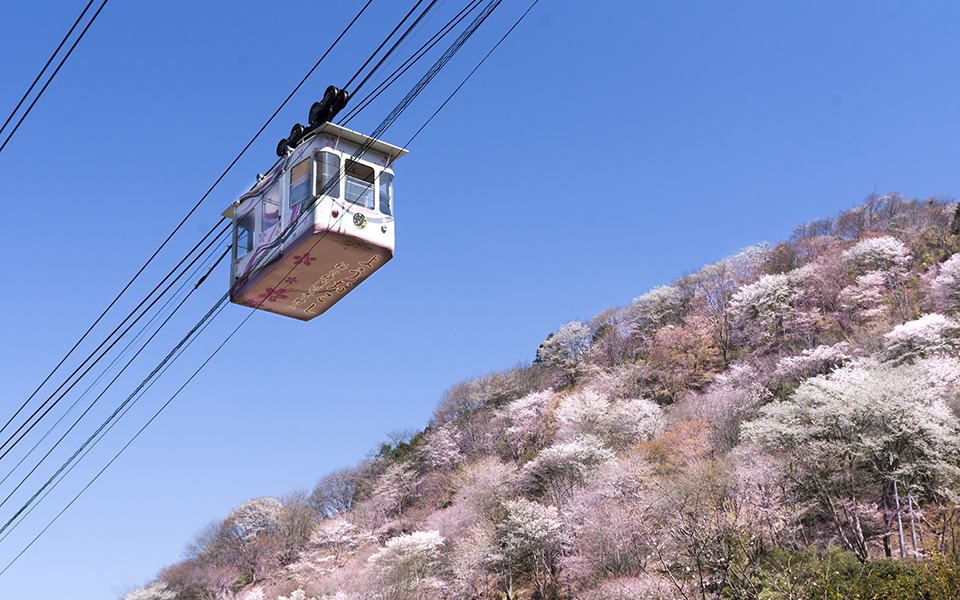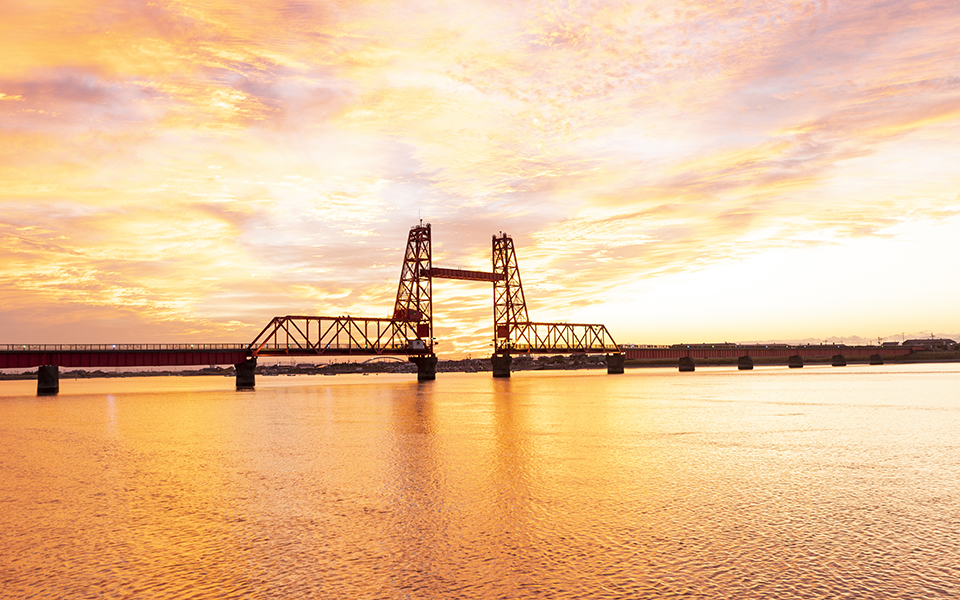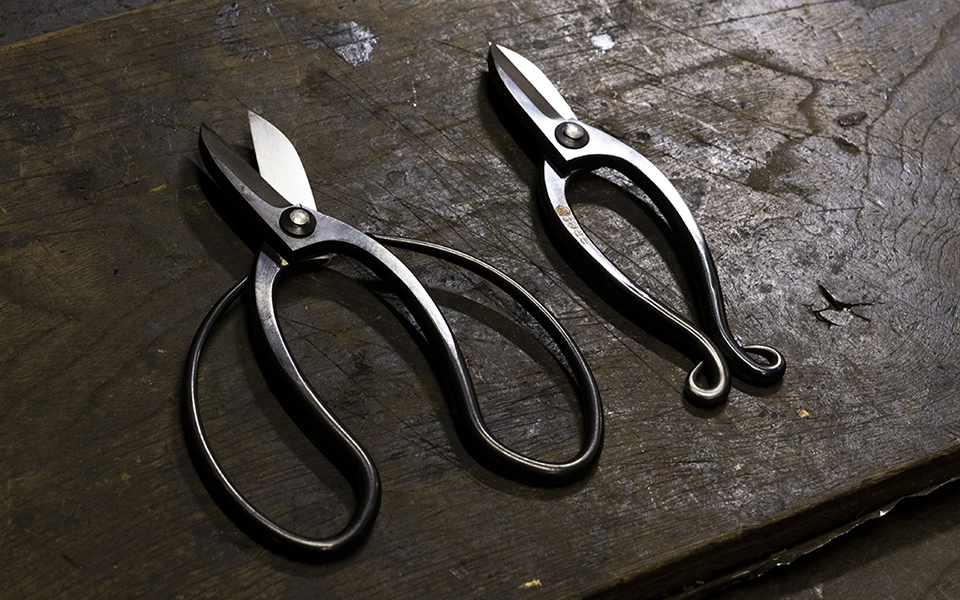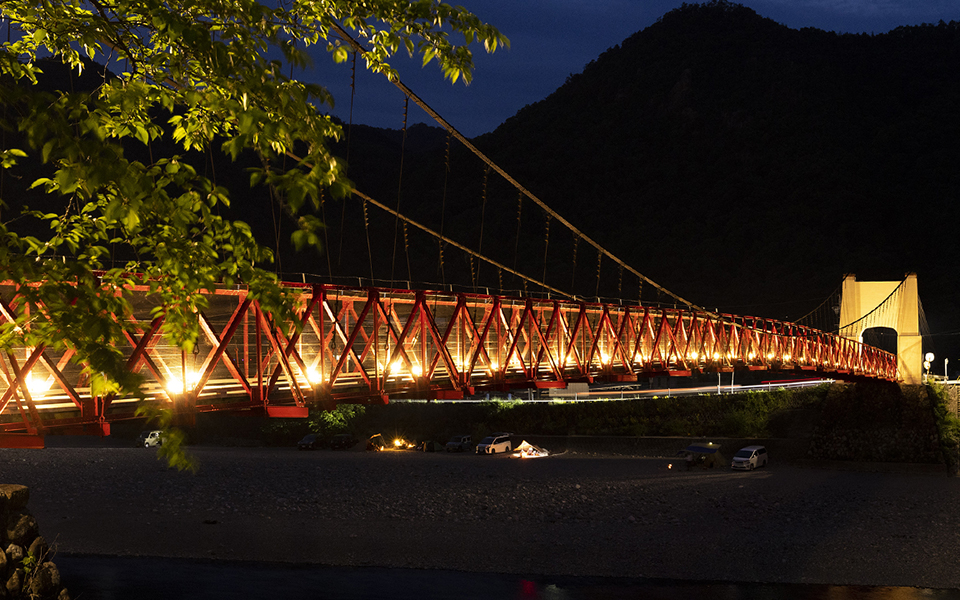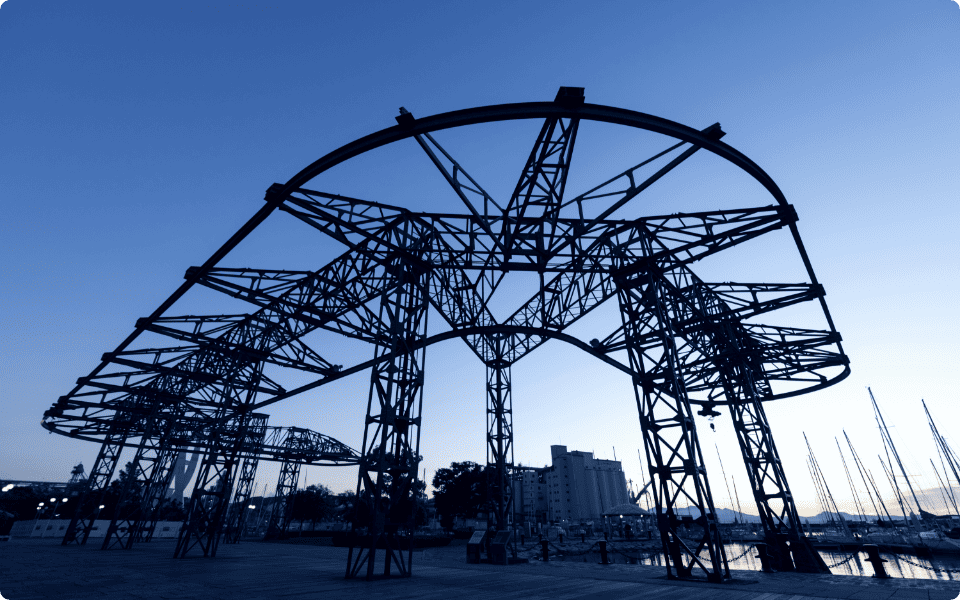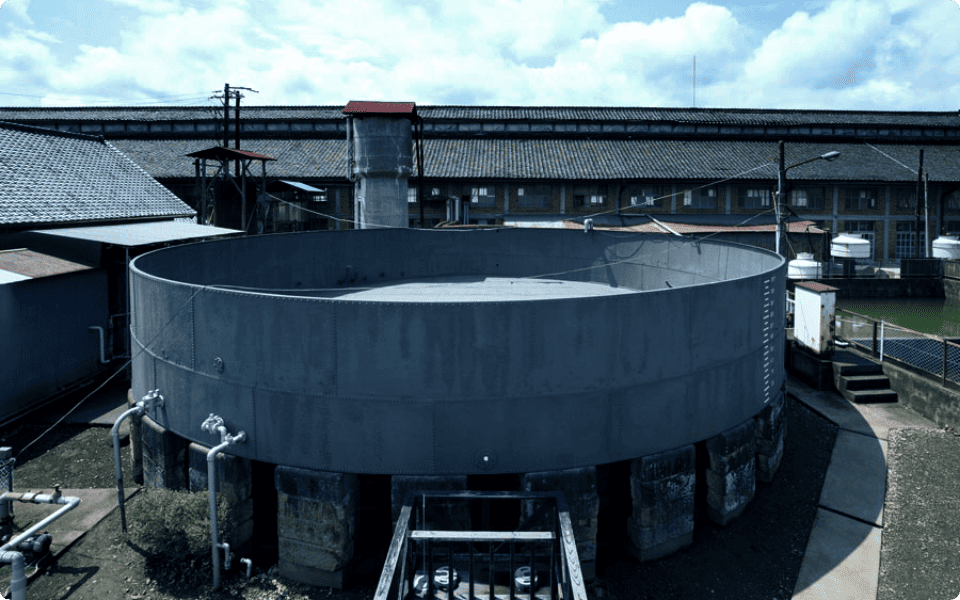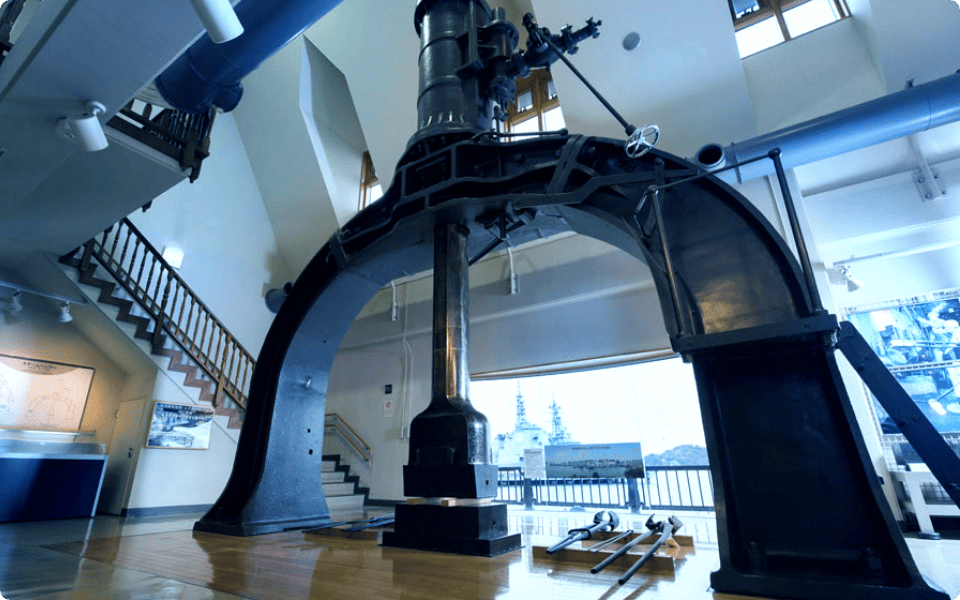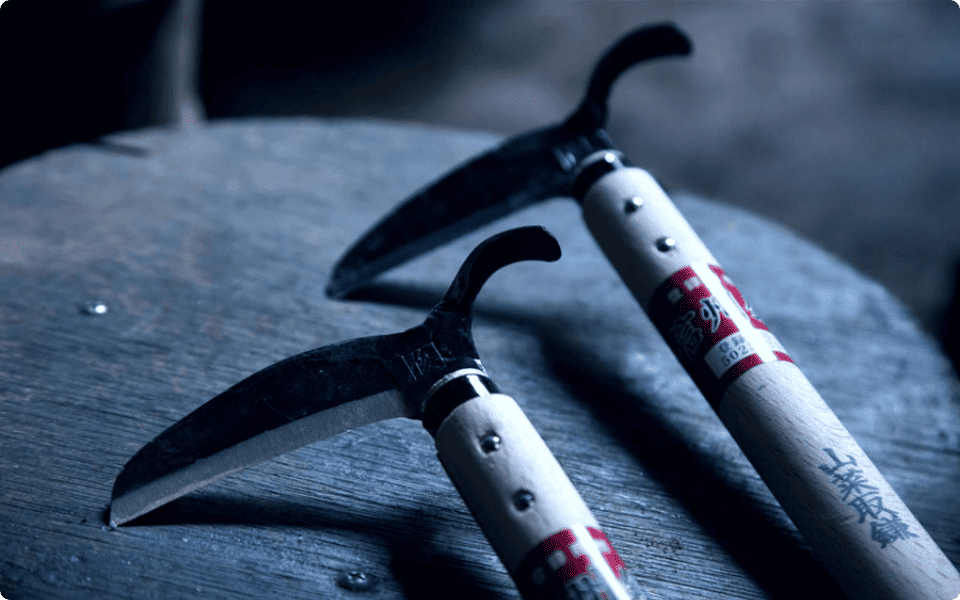-
-
Metal One’s businesses and roles
-
Plate, Construction & Tubular Products Business Division
-
Flat Products Business Division
-
Global Business Division
-
Global Marketing & Energy Project Business Division
-
Wire, Specialty & Stainless Steel Business Division
-
Digital transformation
-
Carbon neutrality
-
Business creation and innovation
-
-
Recruiting information
-
Terms of Use
Mino Bridge

Mino Bridge

Mino
Japan’s Oldest Existing Modern Suspension Bridge
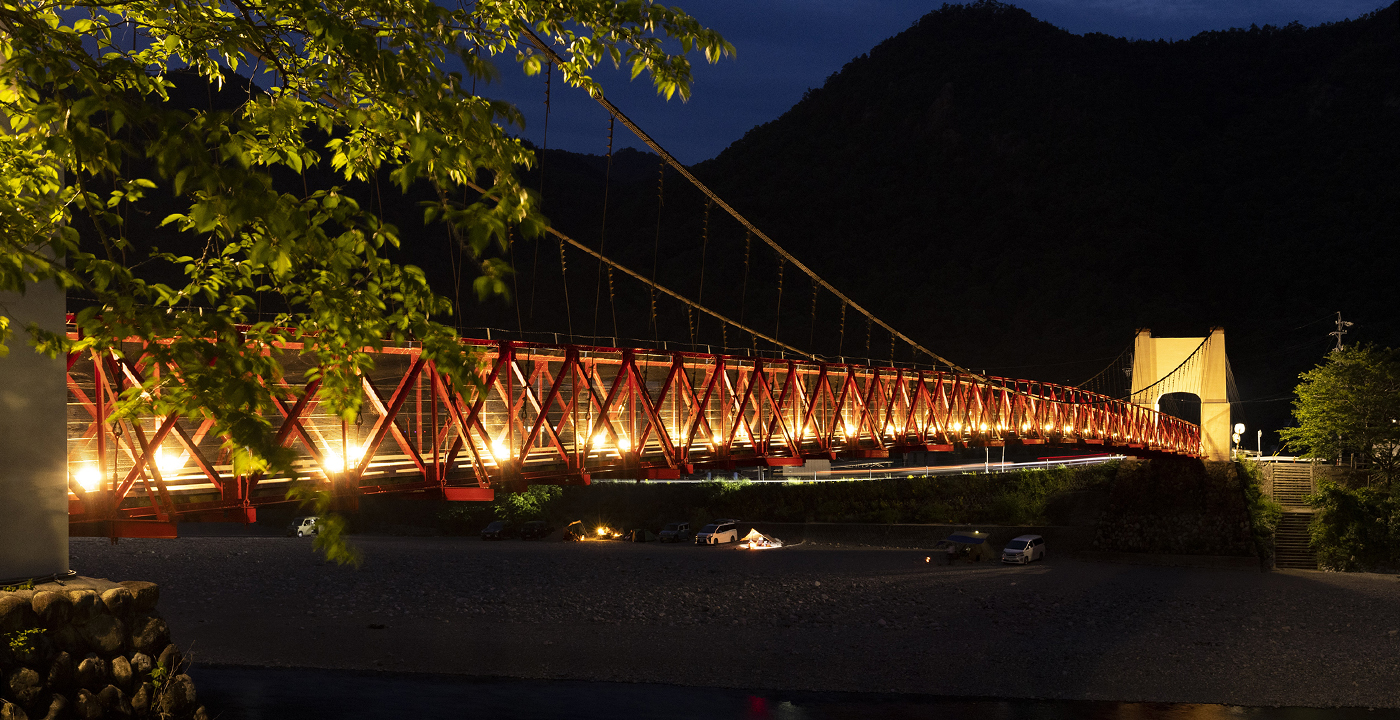
The setting sun illuminates the lovely red suspension bridge, and its reflection sparkles on the surface of the Nagara River. The flames of small campfires also flicker as people enjoy camping solo on the riverside.
Mino City in Gifu Prefecture is an old castle town known for its Mino-style Japanese handmade paper, which has a proud history of thirteen centuries. The city prospered as a key transport stop on the Nagara River, where such goods as Japanese paper and lumber were transported during the Edo Period (1603–1867). Boats were long used to transport materials to the opposite bank, but many local requests for a bridge were heard toward the end of the Meiji Era (1868–1912). Mino Bridge was built in 1916, the fifth year of the Taisho Era (1912–26).
Mino Bridge is 113 meters long, 3.1 meters wide, and its main towers—built using steel-reinforced concrete—are 9.8 meters high. As Japan’s oldest existing modern steel suspension bridge, it has been designated an Important Cultural Asset. The bridge was used for transporting goods such as Mino paper and road traffic until around 1965, but after that local residents used it only for pedestrian and bicycle traffic.
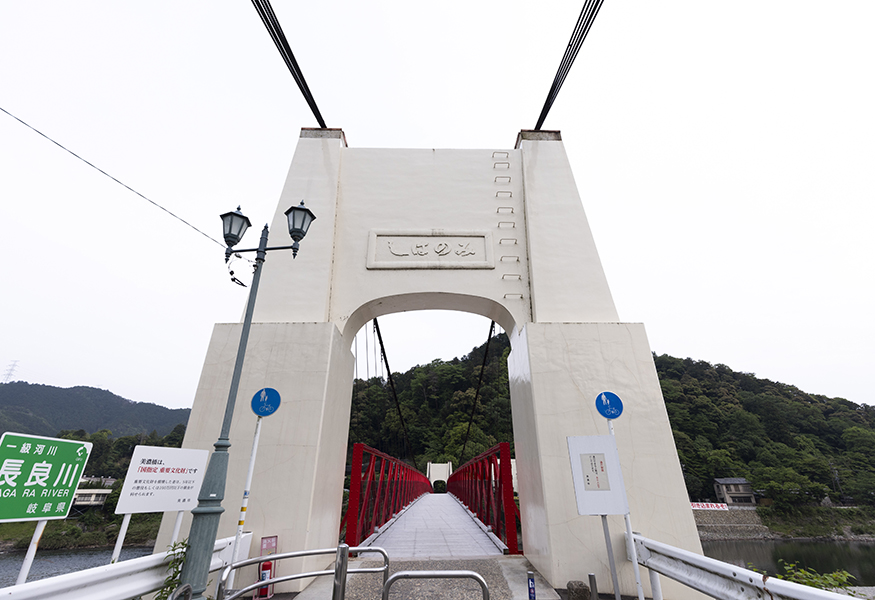
In 2016, a hundred years after its construction, Mino Bridge was showing visible signs of deterioration. Large-scale refurbishing work was begun, with the repairs made aiming to leave original components in place whenever possible to preserve its historical value and status as a cultural artifact.
However, there were no blueprints revealing its construction, and in many places its structure was unclear. While it was known that the main steel cables used to suspend the bridge girders used raw materials imported from Sweden and were fabricated by Tokyo Rope Mfg. Co., Ltd., the manufacturer of the steel girders was unknown. When all the paint on the girders was stripped for this refurbishing work, however, they found “Yawata” engraved on the surface of an H-beam, indicating the imperial Yawata Steel Works (today’s Nippon Steel). In those days, most steel used for bridge structural materials was imported, so this provided even more confirmation that Mino Bridge was a valuable piece of the engineering heritage of Japan’s steel industry.
The new Mino Bridge was unveiled to local residents in March 2021 after five years of refurbishing work. The number of people who could cross at one time was expanded to 50 from 20, and 50 LED lights were installed on the bridge. The magical red suspension span that appears to float in the night sky will doubtless be an even bigger tourism draw in Mino and just as beloved as it was in the past.
Value One Summer 2022 No.77

